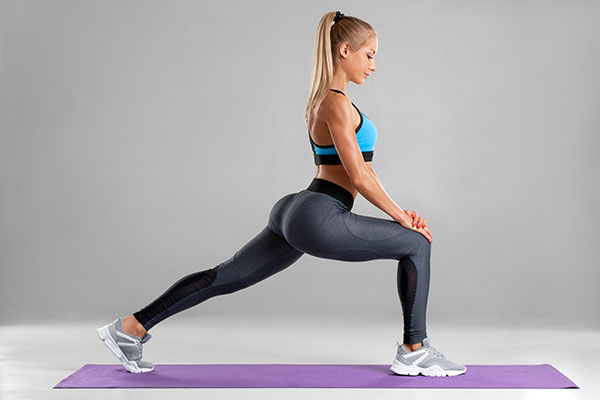“It started with dimpling on my upper thighs. Every year it got a little worse until my thighs and butt looked like an orange peel. I worked out and dieted but I couldn’t get rid of that darn cellulite – no matter how hard I tried.” Jenny is a 30-something stockbroker who hits the StairMaster three times a week and watches what she eats. Even so, she is the victim of cellulite – a cottage cheese-like fat buildup that affects 85 percent of women and some men.
Many experts say fat is fat – there is no such thing as cellulite. But any woman can identify the accumulation of fat that collects on her hips and thighs that resembles a moonscape. Cellulite looks dimply because the fat has popped through the supporting tissues that usually keep it distributed evenly beneath the skin. Your chances of getting cellulite increase if you are overweight, unfit, older, or have a genetic predisposition. Even exercise and dieting may not be enough – many women who train religiously have the same problem.
You can get rid of cellulite, however – if you’re willing to pay the price. Some women put forth a half-hearted effort; they cut back on eating a little and they exercise for 15 minutes several times a week. That is no match for aging, changing hormones and years of inactivity and overeating. You can get rid of cellulite if you are willing to work hard and be patient. It will take months of doing cardio, weight training and dieting to see any improvement. If you are willing to train for five or six days per week for 60 minutes from now on, you can drastically cut down on the cellulite on your legs and hips or eliminate it all together.
Cellulite: Like a House Guest That Won’t Leave
You probably didn’t have cellulite when you were in high school. When you’re young, the fat underneath the skin covering your muscles and bone – the subcutaneous fat – is smooth and contoured because it’s supported and covered by a layer of connective tissue. As you age, the thin layer of connective tissue between the fat cells becomes brittle and pulls apart. The fat pushes through the holes causing the tiny dimples and ripples typical of cellulite.
Hormone changes can trigger cellulite. Even though menopause doesn’t occur until about age 50, subtle changes in reproductive hormones take place beginning in your 30s. Hormone changes also occur during pregnancy and puberty that can change the structure of the connective tissue in your skin and create cellulite. Combining hormone changes during pregnancy with weight gain, less exercise, changing diet and increased stress from a changing lifestyle make the condition much worse after having a baby.
Energy Balance and Fat Storage in Women
Positive energy balance – taking in more calories in the diet than you expend through metabolism and exercise – is the major cause of increased fat and cellulite. Unfortunately, getting rid of cellulite is more complicated than cutting back on calories and exercising. You have trouble losing fat covering your hips and thighs because your metabolism won’t let you.
All fat is not created equal. Most women are “pears” and deposit most fat in the hips and thighs. While you can get cellulite anywhere in your body, legs and hips are the most common sites. This is survival fat. Women need fat to reproduce; the genes are programmed to release this fat only as a last resort. This made a lot of sense in ancient humans living in caves. Food was often hard to come by and body fat stores often determined if a woman survived and could have children. The genes were not programmed to make women look better in a swimsuit. When you try to lose cellulite, you are fighting gene controls that were established in the earliest days of human existence.
Scientists discovered that women lose fat in the upper body and face first and maintain lower body fat as long as possible. Using a technique called MRI that allows scientists to take internal pictures of muscle, fat and bone, researchers from Penn State University found that women who trained intensely with weights lost substantial fat from their arms and abdomen, but very little in their legs. One reason for this is the way the nervous system controls fat use in women.
Resting metabolic rate (RMR) is the main factor determining daily caloric expenditure and is critical for fat gains and losses. The nervous system sends a steady stream of impulses to the tissues that helps control metabolism and the rate at which you burn calories. This process works very much like the idle setting on a car – the higher the idle, the more gas the car uses. In your body, the higher the setting of your nervous system, the more calories you metabolize every day. Researchers from the University of Colorado, led by Dr. Christopher Bell, found that these nervous signals are lower in women, particularly as they age and don’t exercise.
Based on these studies and the common experience of millions of women, it looks like cellulite is a right of passage as you move through your teens, 20s and 30s. Forget about cellulite creams, massage and fat mobilizing pills and foods – none of these works. These are scams that take in women who want to take the easy way out. Exercise and diet will work, but only if you structure your program correctly.
Harness Your Metabolism and Fight Cellulite
The 60-Minute Meltdown fights cellulite on three fronts: building muscle mass in the lower body, burning plenty of calories through exercise and speeding up 24-hour metabolic rate. Muscle is the most metabolically active tissue in the body. The more muscle you have, the higher your metabolic rate. Also, muscle pushes against the fat near your skin and makes it look smoother – improving the appearance of the fat (cellulite). Exercise, particularly intense exercise, burns a lot of calories. Exercise for 60-90 minutes a day and you will lose fat faster than you ever thought possible. Finally, the combination of intense and over-distance exercise will increase the tone of your nervous system so that you burn calories at a faster rate all day and all night long. See the example of the 60-Minute Meltdown Workout.
Weight Training
Weight training is a central part of your cellulite management program. The workout involves doing two sets of lower body exercises three days per week. Do 10 repetitions for the first set and 20 repetitions for the second set. Use as much weight as possible for each set. You will use less weight for the second set when you do more repetitions. The first set develops muscle mass while the second set generates as much heat in the muscle as possible. The second set will help reset your nervous system to burn more calories and help you get rid of stubborn cellulite. The program includes the following exercises:
• Lunges
• Step-ups (step platform or bench)
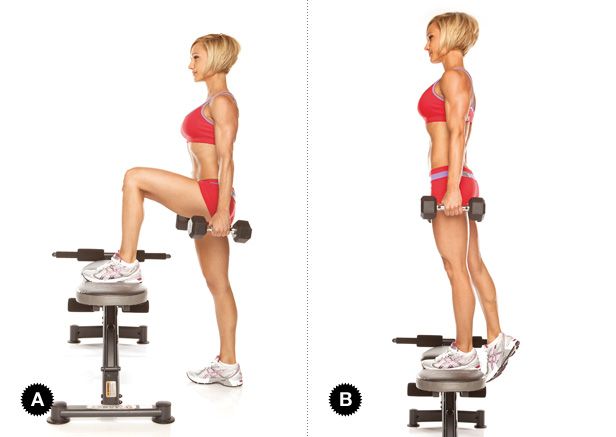
• Front squats (using a bar or wooden dowel)
• One-leg squats on the Smith machine
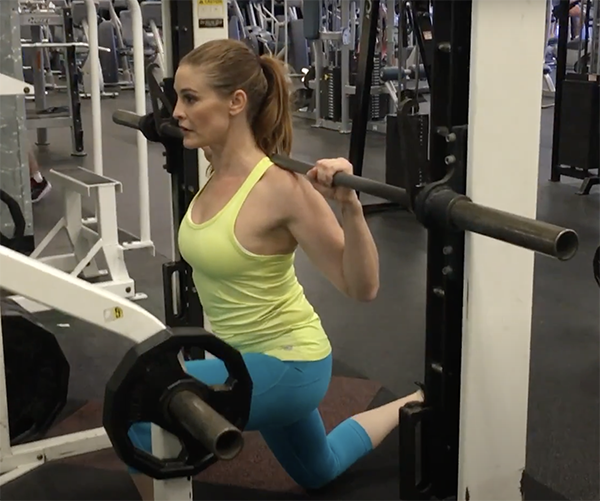
• Leg abduction
• Leg adduction
• Hamstring curls
• Knee extensions
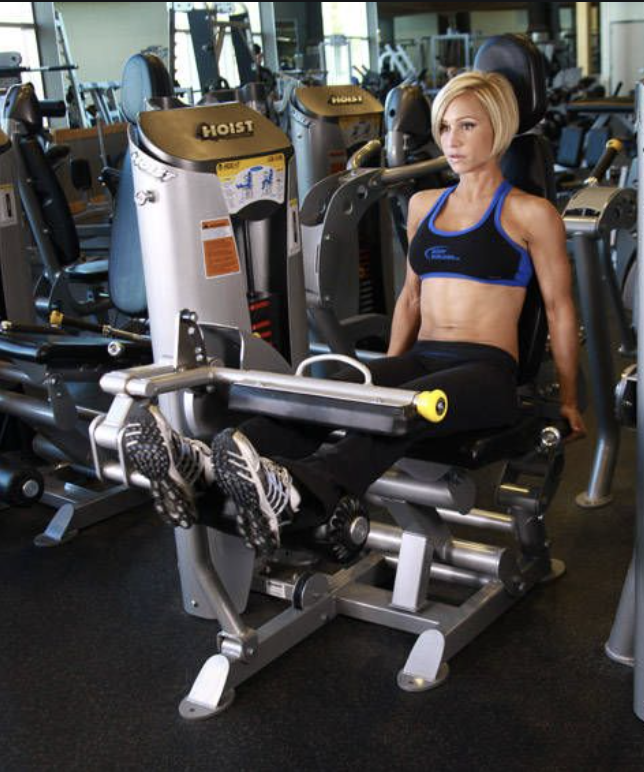
• Calf raises
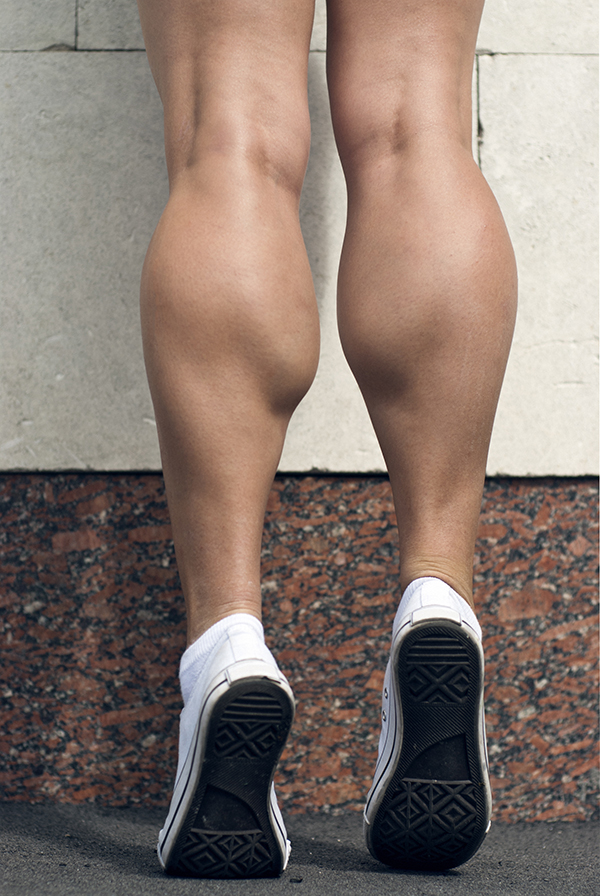
Cardio
Do cardio for 60-90 minutes, three times a week. Weight-bearing exercises such as running, power walking, treadmill running, StairMaster and elliptical training are best for losing weight. Start with five to 10 minutes of exercise and build up until you can exercise continuously for 60-90 minutes without stopping. Also, increase the intensity of exercise until you can exercise at 70 percent of maximum effort or harder during your workout. You will burn at least 700 calories during each cardio workout and help tip your metabolism toward fat loss.

Interval Training
Interval training includes intense exercises such as sprinting or power walking interrupted by periods of rest or light exercise. Interval training will increase your metabolism, so you continue to burn calories at a higher level 24-48 hours after the workout is over. Long-term weight control studies show that people who train intensely tend to lose more weight than those who exercise slowly. Run, power walk or exercise on a gym cardio machine (stair climber, elliptical trainer, ski machine, etc.) for one-minute at 90-100 percent of maximum, followed by two to three minutes of rest. Repeat 10-15 times.
Diet
Follow a sensible diet, such as the Mediterranean diet. This diet includes plenty of fruits, vegetables, whole grains, lean meats (beef, chicken, and fish), olive oil and red wine. Minimize high-sugar drinks, simple sugars, desserts, and saturated fats. Try to keep your caloric intake less than 2,000 calories per day. Moderation is the key – keep portions small and avoid junk foods.


Fight Cellulite and Win
Most women develop cellulite – dimpled fat on the legs, thighs, and butt – as they age. Causes include lack of exercise, overeating, genetics, aging, hormone changes and pregnancy. Cellulite develops as the connective tissue that supports surface fat breaks down, allowing small pockets of fat to push through. Women naturally deposit fat in the legs and lose lower body fat very slowly. Also, inactive women have lower nervous system tone that slows metabolism.
The 60-Minute Meltdown workout attacks cellulite on five fronts:
1. It burns plenty of calories during weight training, cardio, and interval training.
2. It increases muscle mass, which increases metabolic rate and smoothes the appearance of legs, hips, and butt.
3. It increases metabolism by increasing signals from the nervous system (sympathetic nervous system).
4. It increases 24-hour metabolism by increasing muscle temperature during high-intensity exercise.
5. It creates negative caloric balance by eating less than 2,000 calories per day. This program works. Stick with it and will eliminate cellulite or cut down on its severity.
Cellulite-Blasting Workout
Start slowly and progress until you can complete this program. Increase the exercise speed and intensity as you get in better shape.
Weight Training: Monday, Wednesday, Friday: 30 minutes
Lunges: 1 set, 10 reps; 1 set, 20 reps
Step-ups (hold dumbbells; aerobics boxes or bench): 1 set, 10 reps; 1 set, 20 reps
Front squats (using a bar or wooden dowel): 1 set, 10 reps; 1 set, 20 reps
One-leg squats on the Smith machine (each leg): 1 set, 10 reps; 1 set, 20 reps
Leg abduction (abduction machine): 1 set, 10 reps; 1 set, 20 reps
Leg adduction (abduction machine): 1 set, 10 reps; 1 set, 20 reps
Hamstring curls: 1 set, 10 reps; 1 set, 20 reps
Knee extensions: 1 set, 10 reps; 1 set, 20 reps
Calf raises: 1 set, 10 reps; 1 set, 20 reps
Interval Training: Monday, Wednesday, Friday. Cardio of your choice, 30 minutes. Do cardio intervals after weight training.
Warm-up: 5 minutes, moderate pace
One-minute of intense exercise, 90-100 percent of maximum effort; 2-3 minutes of rest; repeat 10-15 times.
Cardio: Tuesday, Thursday, Saturday, 60-90 minutes
Exercise at 60 percent or more of maximum effort in your favorite cardio exercise. Examples include running, power walking, cycling, treadmill, elliptical trainer, stair climber, ski machine, etc.
References:
D. L., J. R. Harvey-Berino, P. A. Ades, J. Cryan and J. Calles-Escandon. Contrasting effects of resistance and aerobic training on body composition and metabolism after diet-induced weight loss. Metabolism, 45: 179-183, 1996.
Bell C., D. Seals, M. Monroe, D. Day, L. Shapiro, D. Johnson and P. Jones. Tonic sympathetic support of metabolic rate is attenuated with age, sedentary lifestyle, and female sex in healthy adults. J Clin Endocrinol Metab, 86: 4440-4444, 2001.
Blix G. G. and A. G. Blix. The role of exercise in weight loss. Behav Med, 21: 31-39, 1995.
Bryner R. W., I. H. Ullrich, J. Sauers, D. Donley, G. Hornsby, M. Kolar and R. Yeater. Effects of resistance vs. aerobic training combined with an 800-calorie liquid diet on lean body mass and resting metabolic rate. J Am Coll Nutr, 18: 115-121, 1999.
Draelos Z. D. and K. D. Marenus. Cellulite. Etiology and purported treatment. Dermatol Surg, 23: 1177-1181, 1997.
Garrow J. and C. Summerbell. Meta-analysis on the effect of exercise on the composition of weight loss. Int J Obes Relat Metab Disord, 18: 516-517, 1994.
Kraemer W. J., M. Keuning, N. A. Ratamess, J. S. Volek, M. McCormick, J. A. Bush, B. C. Nindl, S. E. Gordon, S. A. Mazzetti, R. U. Newton, A. L. Gomez, R. B. Wickham, M. R. Rubin and K. Hakkinen. Resistance training combined with bench-step aerobics enhances women’s health profile. Med Sci Sports Exerc, 33: 259-269, 2001.
Nindl B. C., E. A. Harman, J. O. Marx, L. A. Gotshalk, P. N. Frykman, E. Lammi, C. Palmer and W. J. Kraemer. Regional body composition changes in women after 6 months of periodized physical training. J Appl Physiol, 88: 2251-2259, 2000.
Pierard G. E., J. L. Nizet and C. Pierard-Franchimont. Cellulite: From standing fat herniation to hypodermal stretch marks. Am J Dermatopathol, 22: 34-37, 2000.
Querleux B., C. Cornillon, O. Jolivet and J. Bittoun. Anatomy and physiology of subcutaneous adipose tissue by in vivo magnetic resonance imaging and spectroscopy: Relationships with sex and presence of cellulite. Skin Res Technol, 8: 118-124, 2002.
Rosenbaum M., V. Prieto, J. Hellmer, M. Boschmann, J. Krueger, R. L. Leibel and A. G. Ship. An exploratory investigation of the morphology and biochemistry of cellulite. Plast Reconstr Surg, 101: 1934-1939, 1998.
Rossi A. B. and A. L. Vergnanini. Cellulite: A review. J Eur Acad Dermatol Venereol, 14: 251-262, 2000.
Stone A. Cellulite. Plast Reconstr Surg, 103: 1095, 1999.


